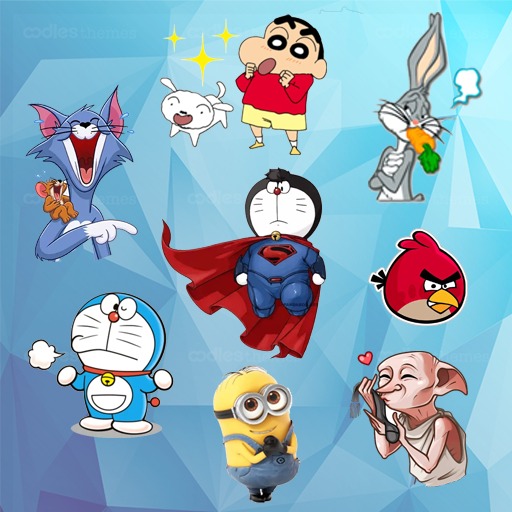Minecraft: From Humble Beginnings to Global Phenomenon
Minecraft's journey to global gaming dominance is a captivating tale. Born in 2009 from the mind of Markus "Notch" Persson, this sandbox game has transcended its origins to become a cultural touchstone. This article explores the evolution of Minecraft, from its initial conception to its current status as a multifaceted entertainment ecosystem.
Table of Contents
- Initial Concept and First Release
- Building a Community
- Official Launch and International Success
- Version History
Initial Concept and First Release
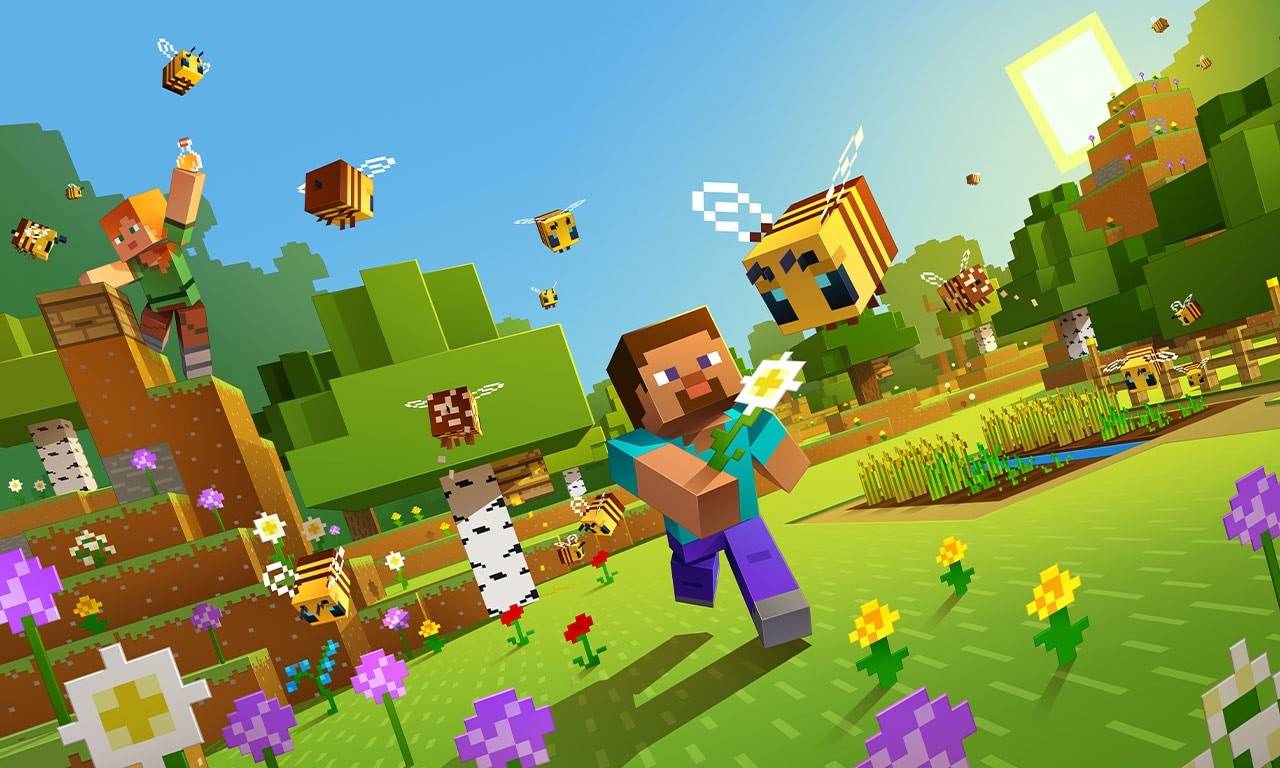 Image: apkpure.cfd
Image: apkpure.cfd
Inspired by games like Dwarf Fortress, Dungeon Keeper, and Infiniminer, Notch envisioned a game centered around freeform building and exploration. The alpha version, launched on May 17, 2009, was a simple, pixelated sandbox experience. Its intuitive building mechanics quickly captivated players, laying the foundation for its future success.
Building a Community
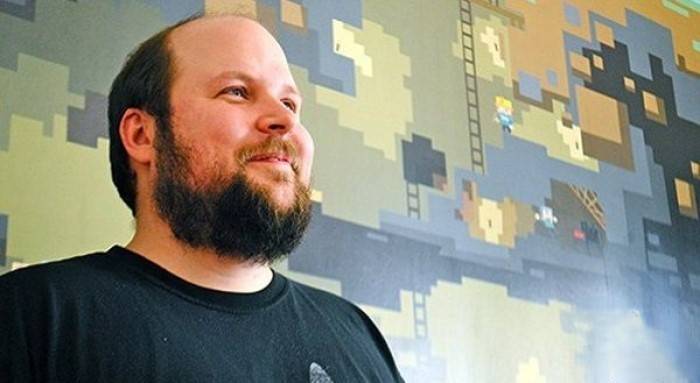 Image: miastogier.pl
Image: miastogier.pl
Word-of-mouth and online buzz propelled Minecraft's growth. Transitioning to beta in 2010, Notch established Mojang Studios to fully dedicate himself to the project. Minecraft's unique appeal stemmed from its limitless creative potential. Players built homes, replicas of famous landmarks, and entire cities, showcasing the game's revolutionary nature. The addition of Redstone, enabling complex mechanisms, further enhanced its appeal.
Official Launch and International Success
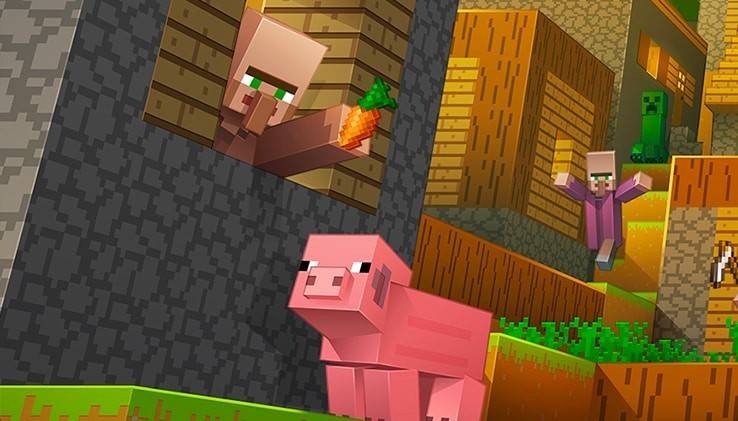 Image: minecraft.net
Image: minecraft.net
The official release of Minecraft 1.0 on November 18, 2011, solidified its position as a global phenomenon. Millions of players were already engaged, forming one of the largest and most active gaming communities. Players created modifications, custom maps, and even educational projects, demonstrating the game's versatility. Expansion to consoles like Xbox 360 and PlayStation 3 in 2012 broadened its reach even further.
Version History
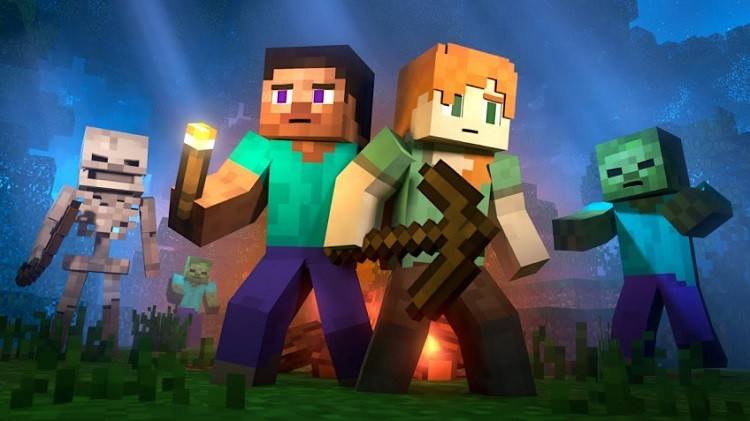 Image: aparat.com
Image: aparat.com
Below is a summary of key Minecraft versions post-launch:
| **Name** | **Description** |
| Minecraft Classic | The original free version. |
| Minecraft: Java Edition | Initially lacked cross-platform play; Bedrock Edition later integrated. |
| Minecraft: Bedrock Edition | Introduced cross-platform play across Bedrock versions; Java Edition included on PC. |
| Minecraft mobile | Cross-platform compatible with other Bedrock versions. |
| Minecraft for Chromebook | Chromebook-specific version. |
| Minecraft for Nintendo Switch | Includes the Super Mario Mash-up pack. |
| Minecraft for PlayStation | Cross-platform compatible with other Bedrock versions. |
| Minecraft for Xbox One | Partially Bedrock; updates discontinued. |
| Minecraft for Xbox 360 | Support ended after the Aquatic Update. |
| Minecraft for PS4 | Partially Bedrock; updates discontinued. |
| Minecraft for PS3 | Support discontinued. |
| Minecraft for PlayStation Vita | Support discontinued. |
| Minecraft for Wii U | Featured off-screen play. |
| Minecraft: New Nintendo 3DS Edition | Support discontinued. |
| Minecraft for China | China-exclusive version. |
| Minecraft Education | Educational version used in schools and learning environments. |
| Minecraft: PI Edition | Educational version for Raspberry Pi. |
Conclusion
Minecraft's enduring success is a testament to its innovative design and the vibrant community it fostered. It continues to evolve with regular updates, solidifying its place not just as a game, but as a global phenomenon encompassing communities, merchandise, and competitive events.


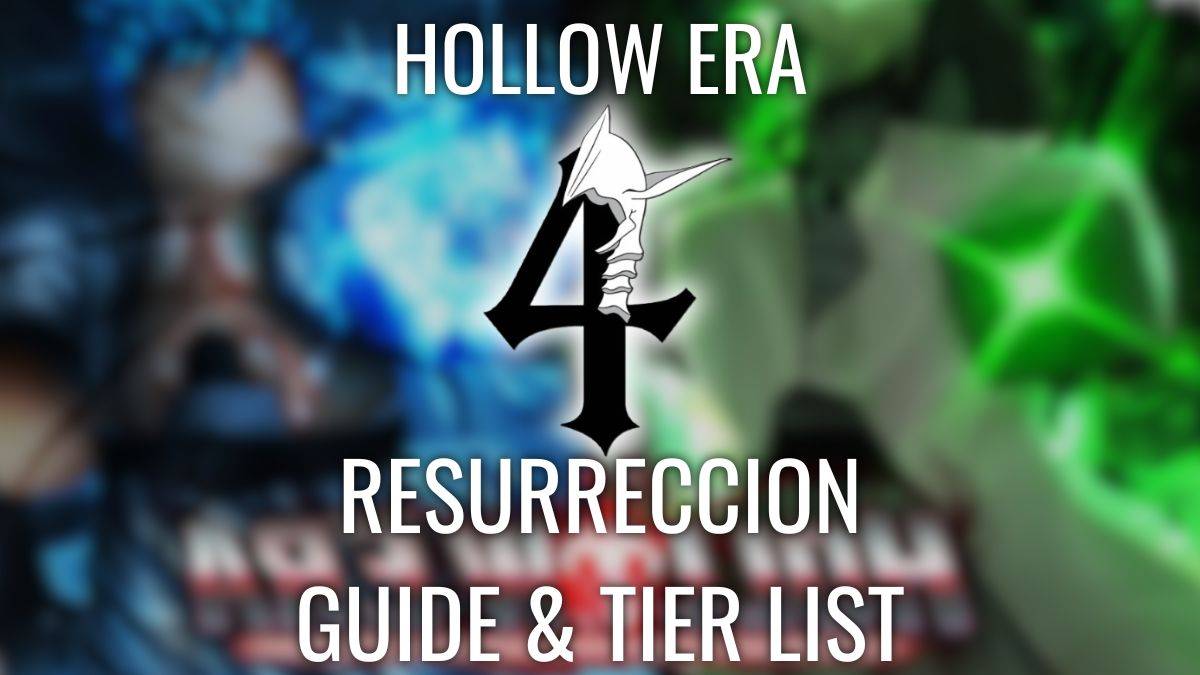
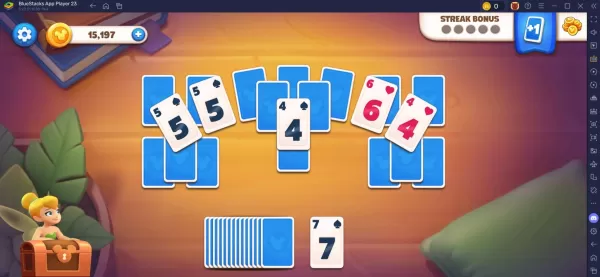
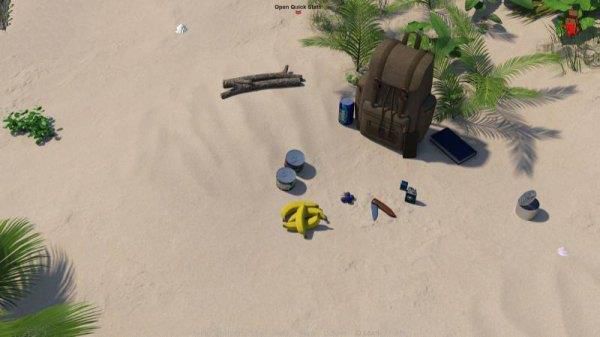

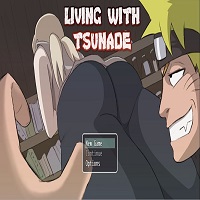
![NULL [Remastered]](https://imgs.39man.com/uploads/71/1719651062667fcaf6c483b.png)





